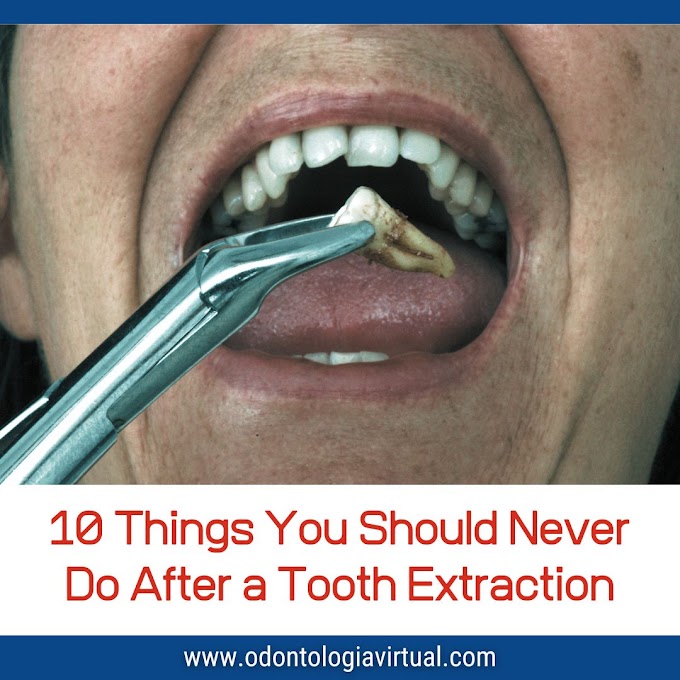The odontogenic keratocyst (OKC) remains a subject of significant interest and debate within the dental and maxillofacial pathology communities.
This lesion's unique clinical behavior, histopathological features, and recurrence patterns necessitate a thorough understanding, especially in light of the World Health Organization's (WHO) 2017 reclassification.
Reclassification by the WHO: From Tumor Back to Cyst
In the 2005 WHO classification, the OKC was redefined as a keratocystic odontogenic tumor (KCOT), emphasizing its aggressive nature and potential neoplastic characteristics. However, the 2017 revision reverted this designation, classifying it once again as a cyst.
This decision was based on accumulating evidence suggesting that, despite its aggressive behavior, the OKC lacks definitive neoplastic features, such as consistent genetic mutations and autonomous growth patterns.
Notably, the lesion's responsiveness to conservative treatments further supported its reclassification as a cyst.
Clinical and Radiographic Characteristics
OKCs predominantly affect the posterior mandible and are most commonly diagnosed in individuals during their third and fourth decades of life.
Clinically, these cysts may remain asymptomatic for extended periods, often discovered incidentally during routine radiographic examinations.
Radiographically, OKCs typically present as well-defined radiolucent lesions, which can be unilocular or multilocular.
Their growth pattern is characterized by anteroposterior expansion within the medullary bone, often without significant cortical expansion, making early detection challenging.
Histopathological Features
Histologically, OKCs are lined by a uniform, parakeratinized stratified squamous epithelium, typically 6-8 cells thick.
The basal cell layer exhibits palisading of hyperchromatic, columnar or cuboidal cells.
The epithelial lining often shows a corrugated surface and is separated from the underlying fibrous connective tissue by a flat interface.
Satellite cysts or daughter cysts may be present within the fibrous wall, contributing to the lesion's high recurrence rate.
► Read also: Odontogenic Keratocyst Tumor (OKC): Clinical Behavior, Diagnosis, and Evidence-Based Treatment
Recurrence Patterns and Risk Factors
OKCs are notorious for their high recurrence rates, which vary widely in the literature, ranging from 12% to 62%.
Factors influencing recurrence include the lesion's size, location, presence of satellite cysts, and the surgical technique employed.
Lesions located in the posterior mandible, those associated with nevoid basal cell carcinoma syndrome (NBCCS), and multilocular radiographic appearances are particularly prone to recurrence.
Management Strategies
The management of OKCs remains a topic of debate. Treatment modalities range from conservative approaches, such as enucleation and marsupialization, to more aggressive interventions like resection.
Adjunctive therapies, including peripheral ostectomy, application of Carnoy's solution, and cryotherapy, have been employed to reduce recurrence rates.
A recent study highlighted that enucleation combined with peripheral ostectomy and application of Carnoy's solution resulted in a recurrence rate of 11.5%, compared to 36.9% with enucleation alone.
Syndromic vs. Non-Syndromic Cases
OKCs can occur sporadically or as part of NBCCS. Syndromic cases often present with multiple lesions at a younger age and have a higher propensity for recurrence.
Histopathologically, syndromic OKCs may exhibit more aggressive features, including increased mitotic activity and a higher incidence of satellite cysts.
Genetic studies have identified mutations in the PTCH1 gene in both syndromic and non-syndromic cases, implicating the Hedgehog signaling pathway in the pathogenesis of OKCs.
Conclusion
The odontogenic keratocyst, despite its reclassification as a cyst, exhibits aggressive behavior and a high recurrence rate, necessitating careful diagnosis and management.
Understanding its clinical, radiographic, and histopathological features is crucial for effective treatment planning. Long-term follow-up is essential due to the potential for late recurrence.
Ongoing research into the molecular and genetic aspects of OKCs may provide further insights into their behavior and inform future therapeutic approaches.
References
- The World Health Organization Classification of Odontogenic Lesions: A Summary of the Changes of the 2017 (4th) Edition. Turkish Journal of Pathology.
- Odontogenic keratocyst: imaging features of a benign lesion with an aggressive behavior. Insights into Imaging.
- Odontogenic keratocyst - Mandible & maxilla - Pathology Outlines.
- Appropriate follow-up period for odontogenic keratocyst. Maxillofacial Plastic and Reconstructive Surgery.
- Comparison of Five Different Treatment Approaches of Mandibular Keratocystic Odontogenic Keratocyst (OKC): A Retrospective Recurrence Analysis of Clinical and Radiographic Parameters. Journal of Maxillofacial and Oral Surgery.













